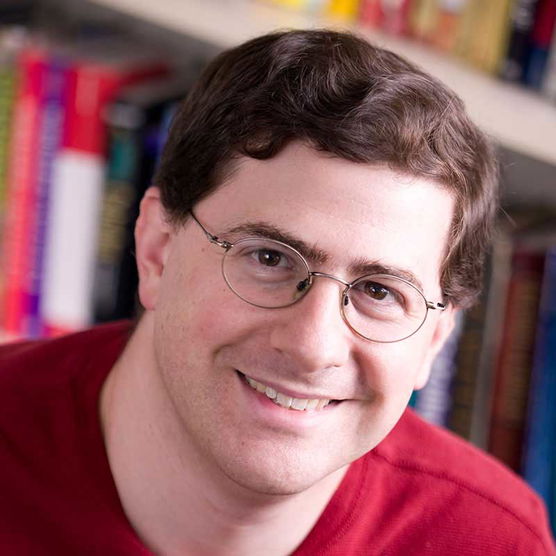
Internships
- Bahwan CyberTek
- Belden, Inc.
- Dropthought
- Hewlett-Packard
- Intel
- Marion Berries Baseball Club
- Prance Climate Nexus
- TeamLogicIT
- Revature
- State of Oregon
Discover patterns and universal truths. Apply logic and problem-solving to real-world problems with a mathematics degree.
Undergraduate Bachelor of Arts
Major, Minor
124
4 Years
Salem

Scholar athlete Tommy Kawamura BA '14 turned his love of baseball into a career -- not as a player, but as a statistical analyst. His experience with both baseball and mathematics, helped him land a role as an advance scout with the Houston Astros.
Tommy first had the opportunity to apply his knowledge of data to baseball through an internship with the New York Mets. During the internship, Tommy learned how to translate data into actionable strategy for professional baseball teams.


Curious where this major can take you? These are the real internships, graduate opportunities, and careers our Mathematics students have gone on to.



From a Nobel Prize winner to a former CEO of Boeing, our alumni are making an impact. They have pursued careers as teachers, financial analysts, project managers, scholars, entrepreneurs, and engineers. Learn more about how our alumni are solving real world problems in leadership roles.
Forecasting changes to the workforce through data science
Matt Eblen ’00, a senior mathematical statistician at the CDC, developed a predictive model using survival analysis to estimate employee tenure, aiding in workforce planning, leveraging skills honed at Willamette where he appreciated the collaborative environment and diverse educational experience.

Professors in the math department engage students in creative mathematical thinking in coursework and through mentorship in mathematical research, which, along with dozens of student coauthors, they have regularly published in professional journals.
Dr. Kathryn Nyman has been recognized for her scholarly contributions and has participated in prestigious research programs. She teaches courses in combinatorics, abstract algebra, linear algebra, and accelerated calculus at Willamette University.

Professor McNicholas explores symmetry through algebra, applying it to voting methods, cryptography, combinatorics, and graph theory. She is passionate about creating engaging mathematical experiences, from curriculum development to mathematical puzzles and escape rooms.

Dr. Josh Laison specializes in graph theory and discrete geometry, with a focus on geometric representations of graphs. Having mentored over 50 student research projects, he fosters a professional and dynamic learning environment.

While math students learn fundamental concepts, they also learn how to apply those concepts to real-world problems. Our math courses build critical thinking skills and include a wide range of topics in both discrete and continuous mathematics. Become fluent in the language of numbers and prepare for a range of careers.
Immerse yourself in the foundational concepts of number systems, elementary number theory, groups, rings, fields, and polynomials. Explore advanced topics such as linear algebra, Sylow theory, and Galois theory to expand your math knowledge.
Cover fascinating topics like divisibility, congruence, and the mystery of diophantine equations. Dive into the world of prime numbers, quadratic reciprocity, and analytic number theory, uncovering mathematical secrets that have captivated scholars for centuries.
Our Mathematics program requires 40 semester hours to complete the major, with a total of 124 credit hours required to complete the degree. This is comprised of 20 semester hours in core mathematics courses, followed by an additional 20 semester hours in mathematics.
Students pursuing a Mathematics minor will need to complete 24 semester hours. 20 of these semester hours are Mathematics courses, where 16 semester hours are numbered at the 200-level or above. The final four semester hours must come from a Computer Science course numbered CS 125, CS 141, CS 151, CS 154, or anything at the 200-level or higher.

Our Mathematics program is open to first-year students, transfer students and international students. Learn more about Willamette’s undergraduate admissions process to get started.

Willamette University offers generous merit scholarships and financial aid to Mathematics majors, with no separate application required. All admitted undergraduates are automatically considered for scholarships starting at $28,000 per year. For students with financial need and a passion for STEM, our STEM Fellows Program provides up to $5,000 annually for first-year students. This program includes mentorship, field trips, tutoring, and more, helping students succeed in their STEM careers.

Willamette University
Ford Hall
900 State Street
Salem
Oregon
97301
U.S.A.